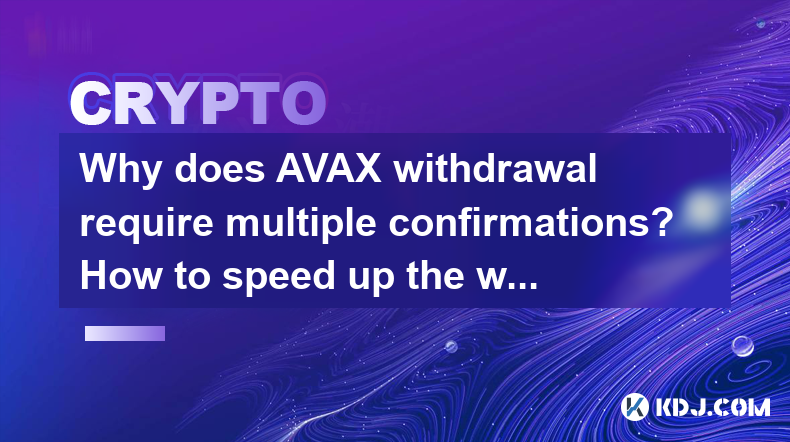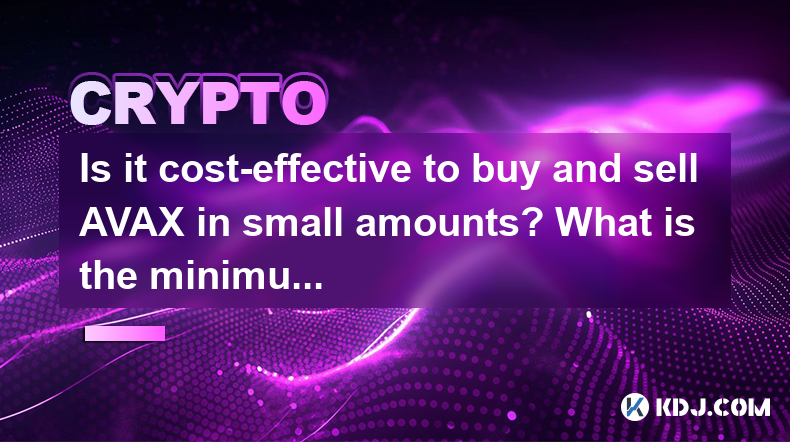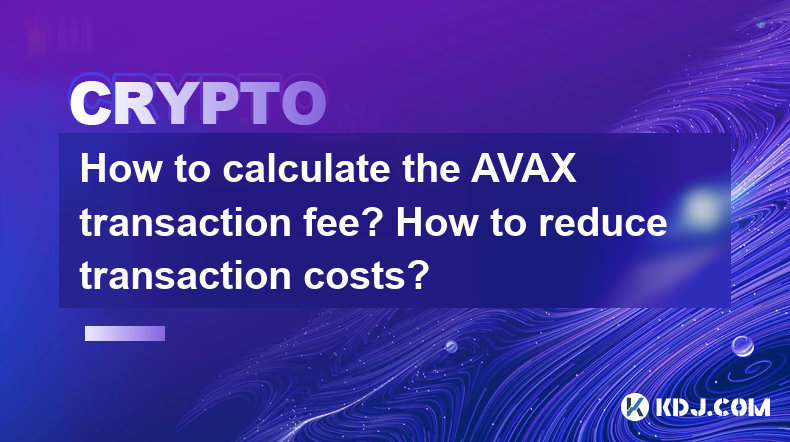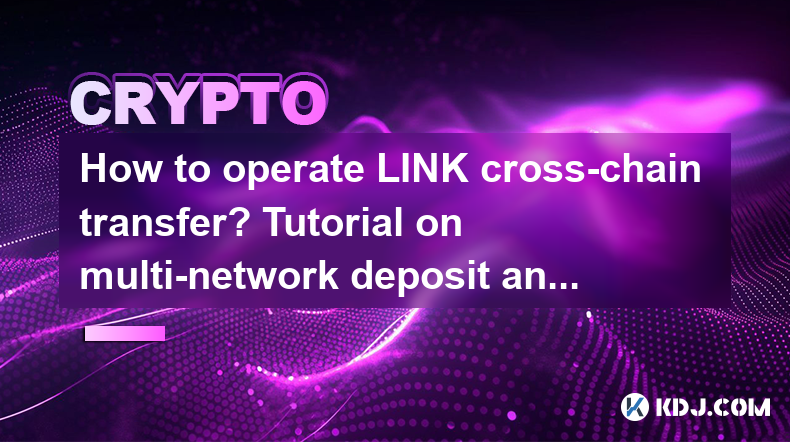-
 Bitcoin
Bitcoin $94,681.8142
0.38% -
 Ethereum
Ethereum $1,788.1459
-0.68% -
 Tether USDt
Tether USDt $1.0002
-0.01% -
 XRP
XRP $2.2955
0.98% -
 BNB
BNB $604.4467
0.06% -
 Solana
Solana $147.5309
-1.12% -
 USDC
USDC $1.0003
0.04% -
 Dogecoin
Dogecoin $0.1786
-1.74% -
 Cardano
Cardano $0.7036
-1.05% -
 TRON
TRON $0.2477
0.30% -
 Sui
Sui $3.6023
-0.53% -
 Chainlink
Chainlink $14.9121
1.41% -
 Avalanche
Avalanche $21.9641
0.01% -
 Stellar
Stellar $0.2825
-1.47% -
 UNUS SED LEO
UNUS SED LEO $8.9840
-1.12% -
 Toncoin
Toncoin $3.2464
-2.09% -
 Hedera
Hedera $0.1919
1.03% -
 Shiba Inu
Shiba Inu $0.0...01371
0.91% -
 Bitcoin Cash
Bitcoin Cash $351.0692
0.69% -
 Polkadot
Polkadot $4.2468
3.03% -
 Litecoin
Litecoin $85.3522
-1.39% -
 Hyperliquid
Hyperliquid $17.7778
1.06% -
 Dai
Dai $1.0001
0.01% -
 Bitget Token
Bitget Token $4.3953
0.31% -
 Ethena USDe
Ethena USDe $0.9994
-0.02% -
 Monero
Monero $253.1948
10.04% -
 Pi
Pi $0.6112
-3.36% -
 Pepe
Pepe $0.0...08971
0.93% -
 Aptos
Aptos $5.5768
2.81% -
 Uniswap
Uniswap $5.4310
-2.64%
What is the blockchain technology of ZKsync (ZK)?
ZKsync, a layer-2 scaling solution for Ethereum, harnesses zero-knowledge proofs to dramatically enhance transaction throughput while preserving blockchain security and privacy.
Dec 03, 2024 at 03:45 am

Understanding ZKsync: A Comprehensive Guide to Zero-Knowledge Scalability in Blockchain
Introduction
In the realm of blockchain technology, scalability remains a persistent challenge, limiting the widespread adoption of applications that leverage the unique advantages of decentralized, immutable ledgers. ZKsync emerges as a promising solution, employing zero-knowledge proofs (ZKPs) to dramatically enhance transaction throughput while preserving the security and privacy of blockchain systems. This article delves into the intricacies of ZKsync, shedding light on its innovative approach to scalability and its potential to revolutionize blockchain technology.
What is ZKsync?
ZKsync is a layer-2 scaling solution that operates on top of the Ethereum blockchain. It leverages ZKPs, a cryptographic technique that enables one party (the prover) to convince another party (the verifier) of the truthfulness of a statement without revealing its underlying details. In the context of ZKsync, ZKPs are used to compress large batches of transactions into a single, cryptographically verifiable proof, significantly reducing the data load on the Ethereum mainnet.
How ZKsync Works
ZKsync operates through a series of interconnected components, each playing a crucial role in the scalability process:
1. Transaction Batching:
- Transactions are aggregated into batches, with each batch typically containing hundreds or even thousands of individual transactions.
- Batching reduces the number of transactions that need to be processed on the Ethereum mainnet, minimizing network congestion and transaction fees.
2. Zero-Knowledge Proof Generation:
- Once a batch is assembled, a ZKP is generated.
- The ZKP serves as a mathematical attestation that all the transactions in the batch are valid and that the batch itself was created according to the prescribed rules.
- The ZKP is significantly smaller in size compared to the original batch of transactions, allowing for efficient verification on the Ethereum mainnet.
3. Proof Verification:
- The ZKP is submitted to the Ethereum mainnet for verification.
- Smart contracts on the mainnet check the validity of the ZKP, ensuring that the transactions within the batch are legitimate and that the batching process was conducted correctly.
4. State Update:
- If the ZKP is verified, the state of the Ethereum blockchain is updated to reflect the changes resulting from the processed batch of transactions.
- This update allows for the finalization and settlement of the transactions, completing the scaling process.
Benefits of ZKsync
The adoption of ZKsync offers a multitude of benefits, including:
1. Scalability:
- ZKsync's ability to compress transaction batches through ZKPs significantly increases transaction throughput, potentially handling thousands of transactions per second.
- This scalability opens up the doors for widespread adoption of blockchain-based applications in various domains, such as finance, supply chain management, and healthcare.
2. Cost Efficiency:
- By reducing the number of transactions that need to be processed on the Ethereum mainnet, ZKsync lowers gas fees and transaction costs.
- This cost efficiency is crucial for users and applications that require frequent or high-volume transactions.
3. Enhanced Privacy:
- ZKPs conceal the details of individual transactions within a batch, preserving user privacy.
- This privacy feature is particularly valuable in scenarios where sensitive financial or personal information is involved.
4. Security:
- The use of ZKPs in ZKsync maintains the security of the underlying Ethereum blockchain.
- ZKPs ensure that transactions are valid and that the batching process adheres to defined rules, preventing fraud and malicious activities.
Conclusion
ZKsync represents a significant advancement in blockchain scalability, leveraging the power of zero-knowledge proofs to unlock the potential of Ethereum and other blockchain networks. Its benefits of scalability, cost efficiency, enhanced privacy, and security position ZKsync as a transformative technology that can pave the way for wider adoption of blockchain-based applications. As research and development efforts continue, ZKsync is poised to play an ever more prominent role in the evolution of blockchain technology.
Disclaimer:info@kdj.com
The information provided is not trading advice. kdj.com does not assume any responsibility for any investments made based on the information provided in this article. Cryptocurrencies are highly volatile and it is highly recommended that you invest with caution after thorough research!
If you believe that the content used on this website infringes your copyright, please contact us immediately (info@kdj.com) and we will delete it promptly.
- Bitcoin (BTC) Nears $90,000 as Market Cap Surges to $2.98 Trillion
- 2025-04-29 04:40:12
- The crypto markets heat up as meme coins capture widespread attention. Fartcoin (FARTCOIN) leads the charge
- 2025-04-29 04:40:12
- Unstaked Emerges as the Fastest-Growing Crypto, Offering a Rare Sub-Cent Entry Price
- 2025-04-29 04:35:12
- After Months of Uncertainty, April 2025 is Giving Crypto Investors a Reason to Smile Again
- 2025-04-29 04:35:12
- Kyrgyz Republic Marks 80th Anniversary of Victory over Fascism with a Silver Collector's Coin
- 2025-04-29 04:30:12
- Top Cryptocurrencies to Buy Today (April 28): Qubetics (TICS), Stacks (STX), Quant (QNT), Aptos (APT), EOS (EOS), Astra (ASTRA), Theta (THETA)
- 2025-04-29 04:30:12
Related knowledge

Why does AVAX withdrawal require multiple confirmations? How to speed up the withdrawal of coins?
Apr 28,2025 at 11:56pm
Introduction to AVAX WithdrawalWhen you decide to withdraw AVAX, the native cryptocurrency of the Avalanche blockchain, from an exchange or a wallet, you might notice that the transaction requires multiple confirmations before it is considered complete. This process is essential for the security and integrity of the blockchain. Understanding why multipl...

Is it better to choose USDT or BTC for AVAX trading? What is the difference in liquidity?
Apr 28,2025 at 11:14pm
When deciding whether to use USDT or BTC for trading AVAX, it's crucial to consider various factors such as liquidity, stability, and trading preferences. Both USDT and BTC are popular choices for trading, but they serve different purposes and come with their own set of advantages and disadvantages. In this article, we will explore the differences betwe...

How to export AVAX transaction records? What data is required for reconciliation and tax reporting?
Apr 28,2025 at 11:01pm
Exporting AVAX transaction records is an essential task for anyone involved in cryptocurrency trading, especially for those who need to perform reconciliation and tax reporting. In this article, we will guide you through the process of exporting your AVAX transaction records and discuss the data required for reconciliation and tax reporting. Understandi...

Is it cost-effective to buy and sell AVAX in small amounts? What is the minimum transaction limit?
Apr 29,2025 at 12:01am
When considering whether it's cost-effective to buy and sell AVAX in small amounts, several factors come into play, including transaction fees, exchange fees, and the minimum transaction limits set by various platforms. This article will delve into these aspects to help you understand the cost-effectiveness of trading small amounts of AVAX and the minim...

How to calculate the AVAX transaction fee? How to reduce transaction costs?
Apr 29,2025 at 01:28am
Calculating the AVAX transaction fee and understanding how to reduce these costs is essential for users of the Avalanche network. The Avalanche platform, known for its high throughput and scalability, uses AVAX as its native cryptocurrency. Transaction fees on the Avalanche network can vary based on several factors, including network congestion and the ...

How to operate LINK cross-chain transfer? Tutorial on multi-network deposit and withdrawal
Apr 28,2025 at 06:49pm
Introduction to LINK Cross-Chain TransferLINK, also known as Chainlink, is a decentralized oracle network that aims to connect smart contracts with real-world data. As the use of LINK expands across multiple blockchains, the need for efficient cross-chain transfers becomes increasingly important. This tutorial will guide you through the process of perfo...

Why does AVAX withdrawal require multiple confirmations? How to speed up the withdrawal of coins?
Apr 28,2025 at 11:56pm
Introduction to AVAX WithdrawalWhen you decide to withdraw AVAX, the native cryptocurrency of the Avalanche blockchain, from an exchange or a wallet, you might notice that the transaction requires multiple confirmations before it is considered complete. This process is essential for the security and integrity of the blockchain. Understanding why multipl...

Is it better to choose USDT or BTC for AVAX trading? What is the difference in liquidity?
Apr 28,2025 at 11:14pm
When deciding whether to use USDT or BTC for trading AVAX, it's crucial to consider various factors such as liquidity, stability, and trading preferences. Both USDT and BTC are popular choices for trading, but they serve different purposes and come with their own set of advantages and disadvantages. In this article, we will explore the differences betwe...

How to export AVAX transaction records? What data is required for reconciliation and tax reporting?
Apr 28,2025 at 11:01pm
Exporting AVAX transaction records is an essential task for anyone involved in cryptocurrency trading, especially for those who need to perform reconciliation and tax reporting. In this article, we will guide you through the process of exporting your AVAX transaction records and discuss the data required for reconciliation and tax reporting. Understandi...

Is it cost-effective to buy and sell AVAX in small amounts? What is the minimum transaction limit?
Apr 29,2025 at 12:01am
When considering whether it's cost-effective to buy and sell AVAX in small amounts, several factors come into play, including transaction fees, exchange fees, and the minimum transaction limits set by various platforms. This article will delve into these aspects to help you understand the cost-effectiveness of trading small amounts of AVAX and the minim...

How to calculate the AVAX transaction fee? How to reduce transaction costs?
Apr 29,2025 at 01:28am
Calculating the AVAX transaction fee and understanding how to reduce these costs is essential for users of the Avalanche network. The Avalanche platform, known for its high throughput and scalability, uses AVAX as its native cryptocurrency. Transaction fees on the Avalanche network can vary based on several factors, including network congestion and the ...

How to operate LINK cross-chain transfer? Tutorial on multi-network deposit and withdrawal
Apr 28,2025 at 06:49pm
Introduction to LINK Cross-Chain TransferLINK, also known as Chainlink, is a decentralized oracle network that aims to connect smart contracts with real-world data. As the use of LINK expands across multiple blockchains, the need for efficient cross-chain transfers becomes increasingly important. This tutorial will guide you through the process of perfo...
See all articles






















































































